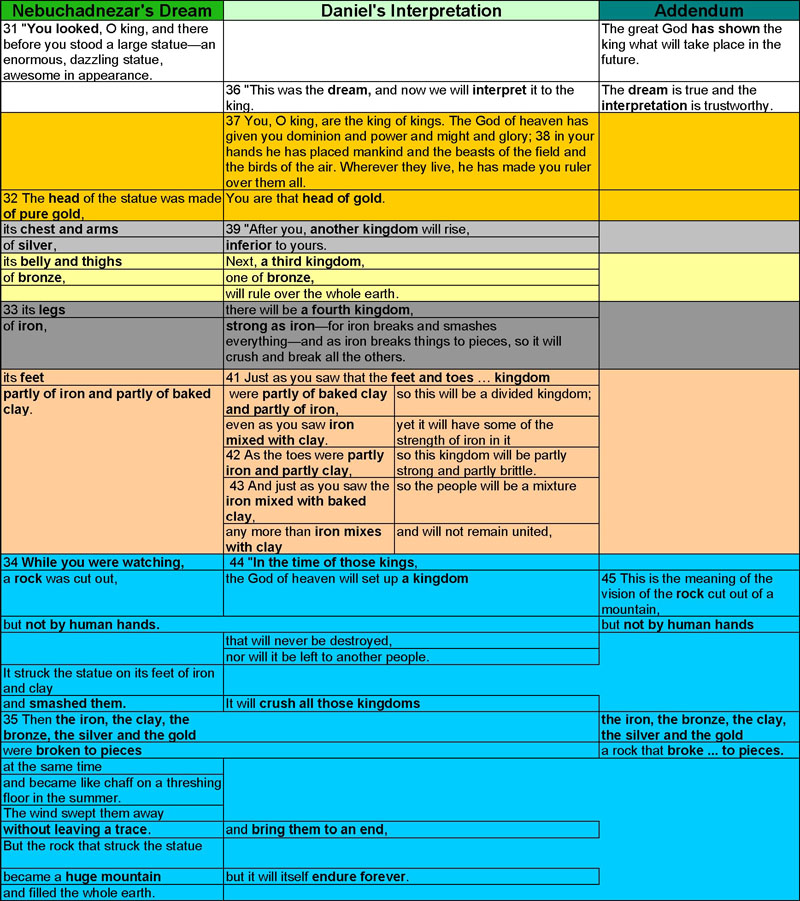Paraphrase on:
[Wikipedia]
[Google]
[Amazon]
 A paraphrase () is a restatement of the meaning of a text or passage using other words. The term itself is derived via
A paraphrase () is a restatement of the meaning of a text or passage using other words. The term itself is derived via
A survey of automated text simplification
" International Journal of Advanced Computer Science and Applications 4.1 (2014): 58–70.
 A paraphrase () is a restatement of the meaning of a text or passage using other words. The term itself is derived via
A paraphrase () is a restatement of the meaning of a text or passage using other words. The term itself is derived via Latin
Latin (, or , ) is a classical language belonging to the Italic branch of the Indo-European languages. Latin was originally a dialect spoken in the lower Tiber area (then known as Latium) around present-day Rome, but through the power ...
', . The act of paraphrasing is also called ''paraphrasis''.
History
Although paraphrases likely abounded in oral traditions, paraphrasing as a specific educational exercise dates back to at least Roman times, when the authorQuintilian
Marcus Fabius Quintilianus (; 35 – 100 AD) was a Roman educator and rhetorician from Hispania, widely referred to in medieval schools of rhetoric and in Renaissance writing. In English translation, he is usually referred to as Quintili ...
recommended it for students to develop dexterity in language. In the Middle Ages, this tradition continued, with authors such as Geoffrey of Vinsauf developing schoolroom exercises that included both rhetorical manipulations and paraphrasing as a way of generating poems and speeches. Paraphrasing seems to have dropped off as a specific exercise that students learn, a drop off that largely coincides with the removal of Classical texts from the core of Western education. There is, however, renewed interest in the study of paraphrases, given concerns around plagiarism
Plagiarism is the fraudulent representation of another person's language, thoughts, ideas, or expressions as one's own original work.From the 1995 '' Random House Compact Unabridged Dictionary'': use or close imitation of the language and though ...
and original authorship.
Analysis
A paraphrase typically explains or clarifies the text that is being paraphrased. For example, "The signal was red" might be paraphrased as "The train was not allowed to pass because the signal was red". A paraphrase is usually introduced with '' verbum dicendi''—a declaratory expression to signal the transition to the paraphrase. For example, in "The signal was red, ''that is'', the train was not allowed to proceed," the ''that is'' signals the paraphrase that follows. A paraphrase does not need to accompany a directquotation
A quotation is the repetition of a sentence, phrase, or passage from speech or text that someone has said or written. In oral speech, it is the representation of an utterance (i.e. of something that a speaker actually said) that is introduced by ...
. The paraphrase typically serves to put the source's statement into perspective or to clarify the context in which it appeared. A paraphrase is typically more detailed than a summary. One should add the source at the end of the sentence: When the light was red, trains could not go (Wikipedia).
A paraphrase may attempt to preserve the essential meaning
Meaning most commonly refers to:
* Meaning (linguistics), meaning which is communicated through the use of language
* Meaning (philosophy), definition, elements, and types of meaning discussed in philosophy
* Meaning (non-linguistic), a general te ...
of the material being paraphrased. Thus, the (intentional or otherwise) reinterpretation of a source to infer a meaning that is not explicitly evident in the source itself qualifies as "original research
Research is "creative and systematic work undertaken to increase the stock of knowledge". It involves the collection, organization and analysis of evidence to increase understanding of a topic, characterized by a particular attentiveness t ...
," and not a paraphrase.
Unlike a metaphrase, which represents a "formal equivalent" of the source, a paraphrase represents a "dynamic equivalent" thereof. While a metaphrase attempts to translate a text literally, a paraphrase conveys the essential thought expressed in a source text—if necessary, at the expense of literality. For details, see dynamic and formal equivalence
The terms dynamic equivalence and formal equivalence, coined by Eugene Nida, are associated with two dissimilar translation approaches that are employed to achieve different levels of literalness between the source and target text, as eviden ...
.
Biblical paraphrase
The term is applied to the genre of Biblical paraphrases, which were the most widely circulated versions of the Bible available in medieval Europe. Here, the purpose was not to render an exact rendition of the meaning or the complete text, but to present material from the Bible in a version that was theologically orthodox and not subject to heretical interpretation, or, in most cases, to take from the Bible and present to a wide public material that was interesting, entertaining and spiritually meaningful, or, simply to abridge the text.In your own words
The phrase "in your own words" is often used within this context to imply that the writer has rewritten the text in their own writing style – how they would have written it if they had created the idea. Nowadays, there are some models to learn and recognize paraphrase on natural language texts. Sentences can also be automatically paraphrased using text simplification software.Shardlow, Matthew.A survey of automated text simplification
" International Journal of Advanced Computer Science and Applications 4.1 (2014): 58–70.
See also
* Automated paraphrasing * Text simplification * RogetingReferences
{{Authority control Rhetoric Translation studies